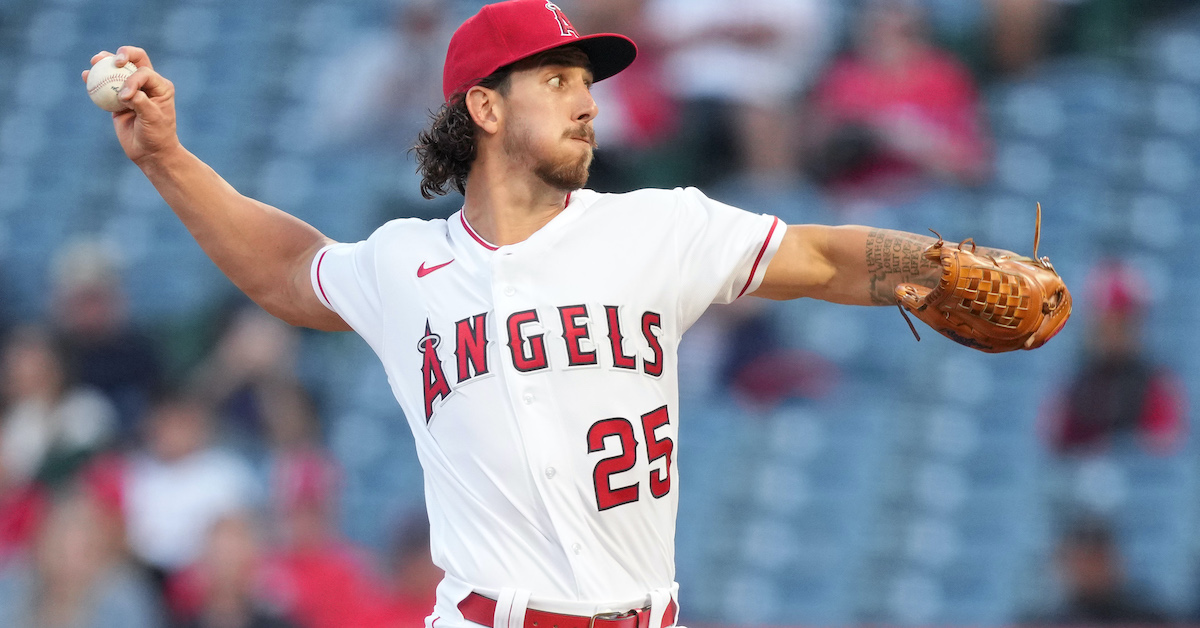Sunday Notes: Taylor Davis Wants To Manage (or Work in a Front Office)
Taylor Davis plans to stay in the game once his playing days are over. Currently on the roster of the Indianapolis Indians — Pittsburgh’s Triple-A affiliate — the 32-year-old catcher intends to become a coach, a manager, or a decision-maker in a front office. He’s already received overtures for one of those positions.
“The question does get asked,” said Davis, whose resume includes 22 MLB games over parts of four seasons. “It’s something that started even before I got to the big leagues. The first time I got asked if I wanted to coach was in 2017. That was early in the year, and then I ended up making my debut later that season. Obviously, I want to play for as long as I can, but after it’s done, doing something within the game is what I want.”
Managing might be his primary down-the-road goal, but the erstwhile Chicago Cub would also be well-suited for a corner-office role. Asked about that possibility, Davis said that he’d be equally happy wearing a polo shirt or a uniform. Roster construction and “the whole business side of the game” are among his interests. So is the data that influences, and often dictates, the decisions that are made.
“I dive into analytics probably more than the average player,” the veteran catcher explained during spring training. “I try to understand where teams are coming from, where agents are coming from, and where a player is going to come from in terms of analytics. It’s a piece of the puzzle that’s become increasing important.” Read the rest of this entry »






